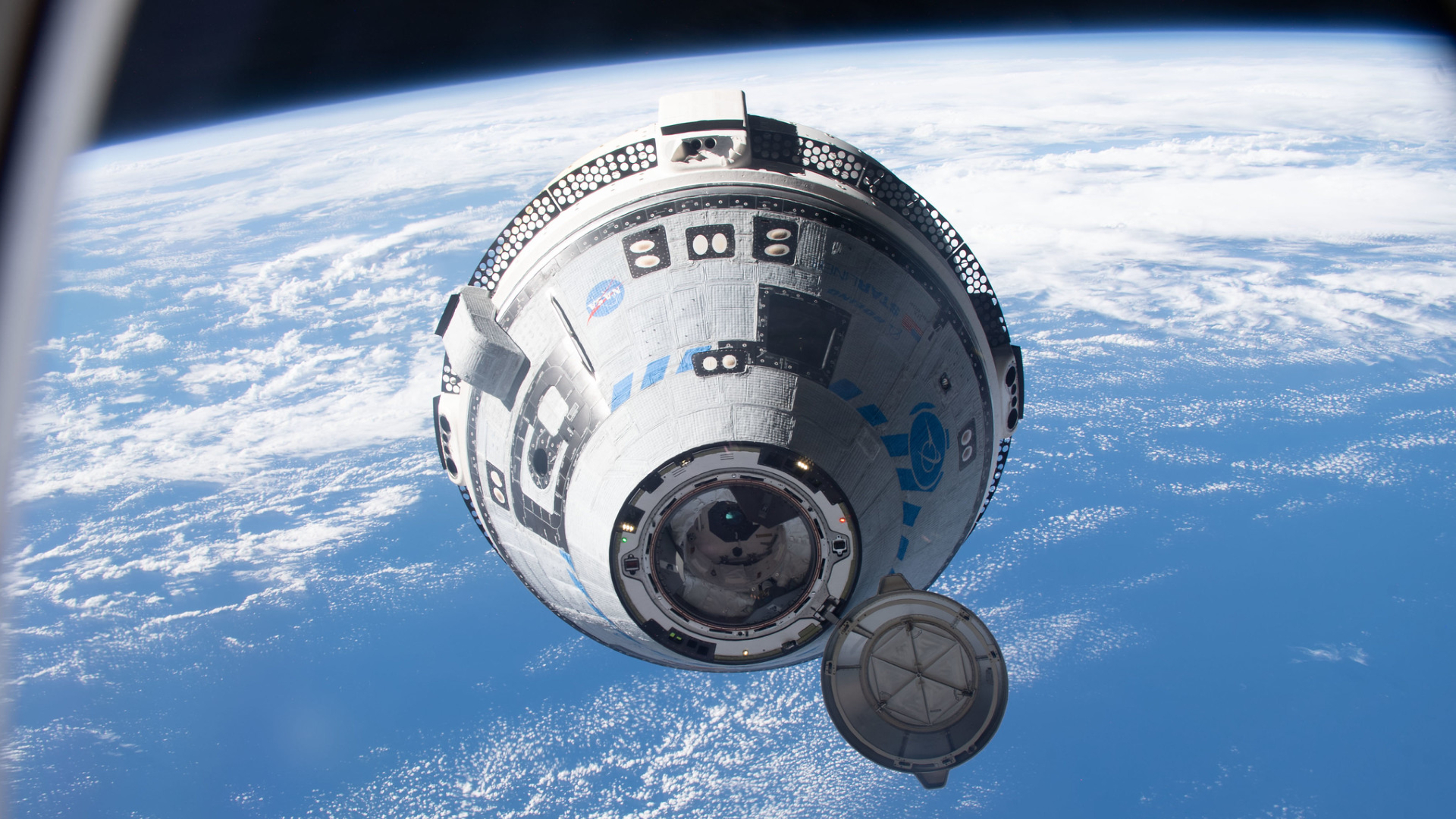Io Creates Spots on Jupiter

Newfoundglowing spots on Jupiter seem unexpectedly to come from electron beams whippingaround the giant planet's volcanic moon Io.
Iois the most volcanic body in the solar system, with its entire surface likelymade up of lava from the moon's hundreds of volcanoes.
Ioalso causes glowing spotshundreds of miles across on its mother planet that are similar to the auroraborealis or northern lights in the Northern Hemisphere on Earth.
AsJupiter spins, its magnetic field sweeps past Io, stripping off roughly 1 ton(about 1,000 kilograms) of matter off Io every second. This matter becomeselectrically charged plasma in the magnetic field, forming a doughnut-shapedcloud. As Io orbits the planet, plasma surges around it like rivers do aroundboulders, creating waves that blast Jupiter's atmosphere with electrons tocreate auroras.
Theglowing spots on Jupiterare typically located downstream of the flow of charged particles from theplasma torus. Now a team of planetologists unexpectedly found auroras occurringupstream of this flow.
"Theresults are surprising because no theory predicted upstream spots," saidresearcher Bertrand Bonfond of the University of Liege in Belgium.
Bonfondand colleagues in Belgium and Germany saw these new spots by using the HubbleSpace Telescope to observe Jupiter in ultraviolet wavelengths.
Breaking space news, the latest updates on rocket launches, skywatching events and more!
>Theresearchers think interactions between Ioand Jupiter cause electrons to curve from one hemisphere of the planet aroundthe moon to the other hemisphere, creating these unexpected spots, Bonfond toldSPACE.com.
These new findings could shed light on very common occurrences in the universe? when electrically conductive bodies such as Io orbit near magnetic bodiessuch as Jupiter. For example, some recently discovered exoplanets are thoughtto be in such configurations with their parent stars.
Tofurther test their new theory of how these glowing spots form, Bonfond and hiscolleagues plan further observations of the auroras later this year, afterscheduled repairs and improvements to Hubble are made.
The scientists detailed their findings online March 15 in the journal GeophysicalResearch Letters.
- Aurora Images
- New Horizons: Jupiter Fly-by
- Gallery: Jupiter's Moons

Charles Q. Choi is a contributing writer for Space.com and Live Science. He covers all things human origins and astronomy as well as physics, animals and general science topics. Charles has a Master of Arts degree from the University of Missouri-Columbia, School of Journalism and a Bachelor of Arts degree from the University of South Florida. Charles has visited every continent on Earth, drinking rancid yak butter tea in Lhasa, snorkeling with sea lions in the Galapagos and even climbing an iceberg in Antarctica. Visit him at http://www.sciwriter.us
